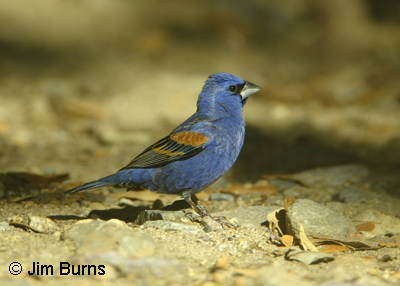
Bird identification is not about color. It is primarily about shape and structure. And secondarily about behavior and habitat. To emphasize this point, Roger Tory Peterson, who "invented" the modern field guide, included silhouettes of birds from different families in the endpapers of his guide books. Even non-birders can easily differentiate the silhouette of an eagle from that of a dove. Despite the line from the Crosby, Stills, and Nash song, these two species rarely fly together, so it's not about their relative size. Their shapes are so dissimilar and the body structures each has evolved for its own distinctive lifestyle are so different that distinguishing them from one another is a no-brainer.
Does it have a thick, massive body and perch upright, or does it have a thin, streamlined body and perch horizontally? Does it have a large, blocky head that supports a huge bill with a hook for tearing flesh, or does it have a small, rounded head with a short, straight bill for picking up seeds and fruit? See how easy this can be when you don't get hung up on color. Form follows function, irrespective of color.
This is an obvious example using two species which don't sport eye candy colors, but that's the point. Most North American birds are muted shades of browns and grays, so you need to slow down, get past the color issue, and begin to observe details of shape and structure--things like long bills (kingfishers and hummingbirds), long necks (herons and cranes), ear tufts (some owls), head tufts (some quail), and crested heads (cardinals and waxwings).
Ah, but you're thinking about those 35 species of little brown jobs called sparrows. As you become more patient with yourself and more discerning of detail, they'll begin to separate too--longer bills versus shorter, rounded compared to flat heads, graduated or straight tail tips. It's a challenge. It's fun. It's an excuse to be outdoors. Aren't those some of the reasons you're a birder now?
So, how quickly were you able to find our photo bird in your field guide? Without color you had to focus on its structural details, the most obvious being that thick, massive beak. At least some of our birds bear common names that reflect their most outstanding physical characteristic, so you've connected the dots, picked up the clue in the first paragraph, and concluded the photo bird is a blue grosbeak. Congratulations. But is it a male or a female? Sorry. You'll have to talk my editor into running the photographs in full color.